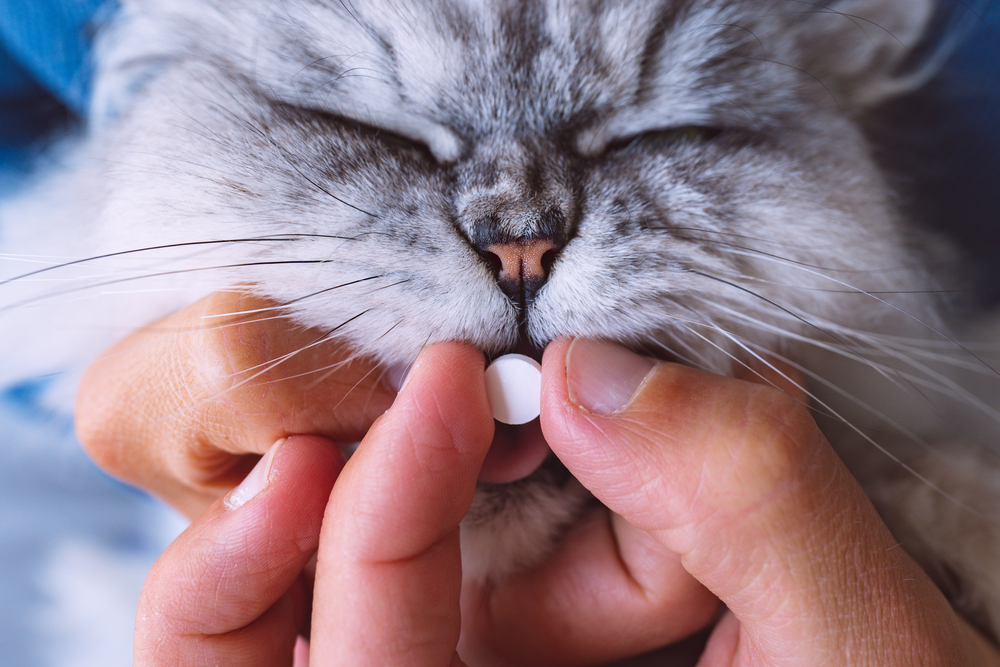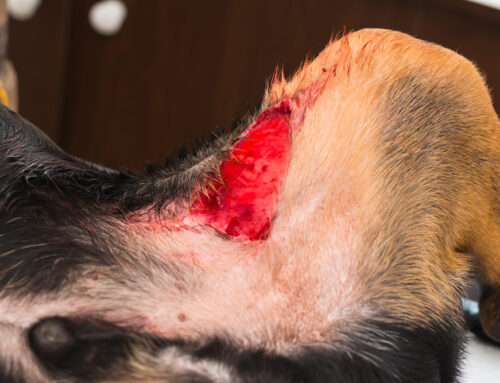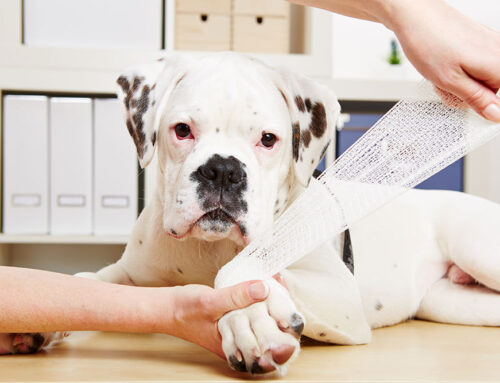Pet owners sometimes dread giving their pets medication. Your pet may have a knack for spitting out their pills or capsules or wrestle away when you try to administer their medication. The good news is you can learn to give your pet their medication without having a stressful experience. Our Alpine Animal Hospital team offers techniques to administer pet medication in a stress-free way, helping your four-legged friend tolerate the experience. Before administering any medication to your pet, you need to fully understand the dosage, frequency, and administration instructions your veterinarian has provided. Once you understand this information, follow our tips to help your pet take their meds.
Use pill pockets to disguise medicine for your pet
For pets who need to take pills or capsules, using pill pockets can be a game-changer. Pill pockets are soft, malleable treats with a hole in the center in which to insert the pill. These treats come in flavors that pets love. Another option is to use a soft pet treat and wrap it around the capsule or pill. Since most pets adore treats, pill pockets may help your pet learn to tolerate getting medication.
Use food your pet enjoys
You can use pet-safe foods to disguise your furry pal’s medication. You can hide pills, for example, in peanut butter, mixed with wet dog or cat food, or wrapped in cheese or deli meat. However, ensure that the food your furry pal takes with their medication is nontoxic to pets. If you are unsure whether a food is toxic to pets, refer to this list from the American Society for the Prevention of Cruelty to Animals (ASPCA).
Practice positive reinforcement when giving your pet medication
By using positive reinforcement, you help your pet associate medication administration with a reward such as treats, gentle patting, and verbal praise. Positive reinforcement encourages your furry pal to cooperate during the medicating process.
Pill your pet
If your pet refuses to take their medication even when it is covered in their favorite treat, you can pill them. Gently hold your pet’s upper jaw in one hand, while holding their medication in the other. Use the hand holding the medication to apply pressure to their lower jaw, causing them to open their mouth. Place the pill as far back in your pet’s mouth as possible and quickly close their mouth. Gently massage their throat to get them to swallow the pill.
Use a pill popper to administer medication to your pet
Some pets are quite resistant to taking pills and may try to bite your finger. To make administering pills and capsules safer, use a pill popper, which allows you to place the pill in the back of your pet’s throat. A pill popper is a quick and efficient tool for administering medication to pets who are unwilling to take pills voluntarily.
Mix liquid medication with food for your pet
If your pet is prescribed liquid medication, mixing it with their food or broth can make the drug palatable. Mix a small amount of wet food or broth with the medication, ensuring that your pet consumes the entire dose. Some liquids cannot be mixed or taken with food, so follow our team’s instructions.
Ask your veterinarian for medication options
Your furry friend may be agreeable to taking a medication’s liquid form versus a pill form or vice versa. Taking medications, however, is necessary for your pet’s health or a current medical condition’s treatment. Consult with our Alpine Animal Hospital team about your pet’s medication options rather than struggle with your pill-resistant pet.
Remain calm and reassure your pet

Any unfamiliar care task can cause your furry friend to feel stressed or uncertain. Patience is key when giving medication to your pet. Stay calm and composed, even if your pet becomes resistant or agitated, and speak to them soothingly. Avoid getting frustrated or angry, as this can make the experience more stressful for your pet and reinforce negative associations with the task.
Giving your pet their medication doesn’t have to be stressful. By following our tips, you can make the process go smoothly and be stress-free for your furry friend. With patience, positive reinforcement, and a little creativity, you can administer the medication your pet needs to stay healthy. Contact our Alpine Animal Hospital team if you have any concerns about or difficulties with administering your pet’s medication.







Leave A Comment